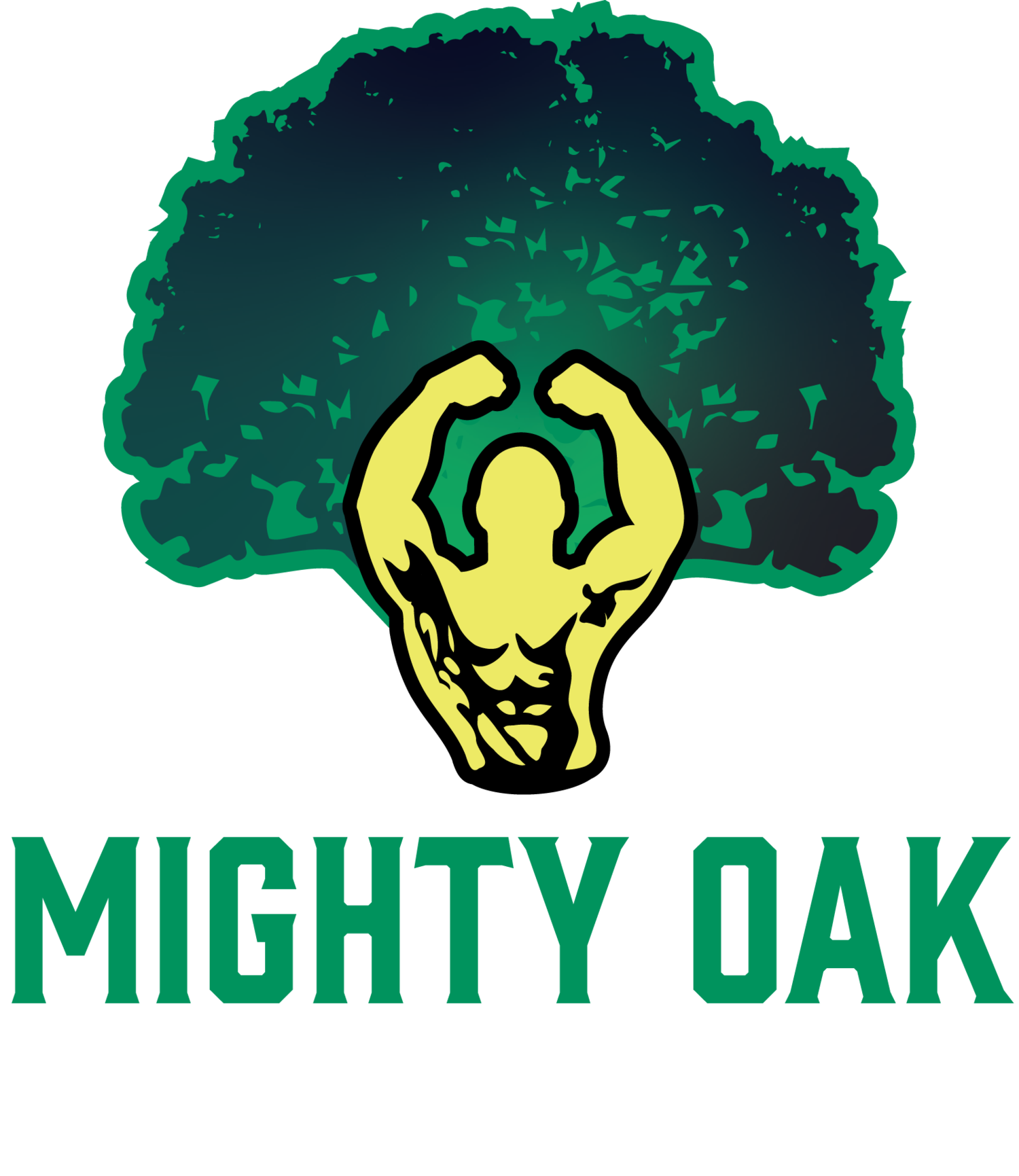What Age Should Kids Start Building Muscle?
The Importance of Early Strength Training and Proper Coaching for Student Athletes
At Mighty Oak Athletic, we believe in the power of strength training to enhance athletic performance and prevent injuries in young athletes. A common question we encounter is, "What age should kids start building muscle?" It's important to understand that while children won't build significant muscle mass until puberty due to hormonal factors, they can and should start building strength much earlier.
Early Strength Training: Building a Strong Foundation
Children can safely begin strength training as early as age 7 or 8, provided they have the maturity to follow directions and focus on the task at hand. At this stage, the primary goal is not to build muscle mass but to develop fundamental movement patterns, improve coordination, and enhance overall strength. These foundational skills are crucial for athletic performance and long-term physical development.
The Role of Proper Coaching
Proper coaching is essential to ensure that young athletes engage in safe and effective strength training. At Mighty Oak Athletic, our certified coaches specialize in youth strength training and understand the unique needs of developing athletes. We emphasize the following principles:
1. Age-Appropriate Exercises: Tailoring workouts to the child's developmental stage.
2. Technique Over Load: Focusing on correct form and technique to prevent injuries.
3. Progressive Overload: Gradually increasing the intensity of exercises to match the child's growth and strength levels.
4. Balanced Training: Including exercises that develop strength, endurance, flexibility, and balance.
Strength Training Benefits for Young Athletes
Even without significant muscle hypertrophy, strength training offers numerous benefits for young athletes:
- Improved Performance: Enhanced strength and coordination translate to better performance in sports.
- Injury Prevention: Strong muscles and joints are less prone to injuries. Proper strength training strengthens ligaments and tendons, providing better support and stability.
- Confidence and Discipline: Regular training builds confidence and instills a sense of discipline and commitment.
At-Home Bodyweight Workout for Kids
Here’s a simple at-home bodyweight workout that kids can perform to build strength and enhance their athletic abilities:
1. Squats: 3 sets of 10-15 reps
2. Push-Ups: 3 sets of 5-10 reps (modify to knee push-ups if needed)
3. Plank: 3 sets of 20-30 seconds
4. Lunges: 3 sets of 10 reps per leg
5. Glute Bridges: 3 sets of 10-15 reps
6. Jumping Jacks: 3 sets of 15-20 reps
Starting strength training at a young age, under proper guidance, sets the stage for a lifetime of physical activity and sports excellence. At Mighty Oak Athletic, we are committed to providing the best coaching to ensure that young athletes not only excel in their sports but also develop a strong, healthy foundation for the future.
For more information about our programs and coaching philosophy, come in for a FREE TRAINING SESSION. Let's empower the next generation of athletes to reach their full potential safely and effectively.

